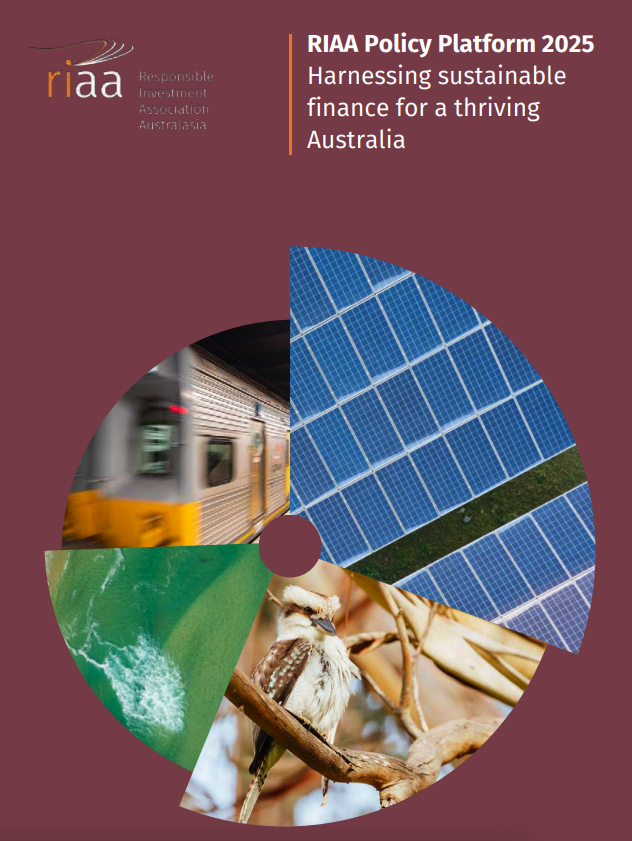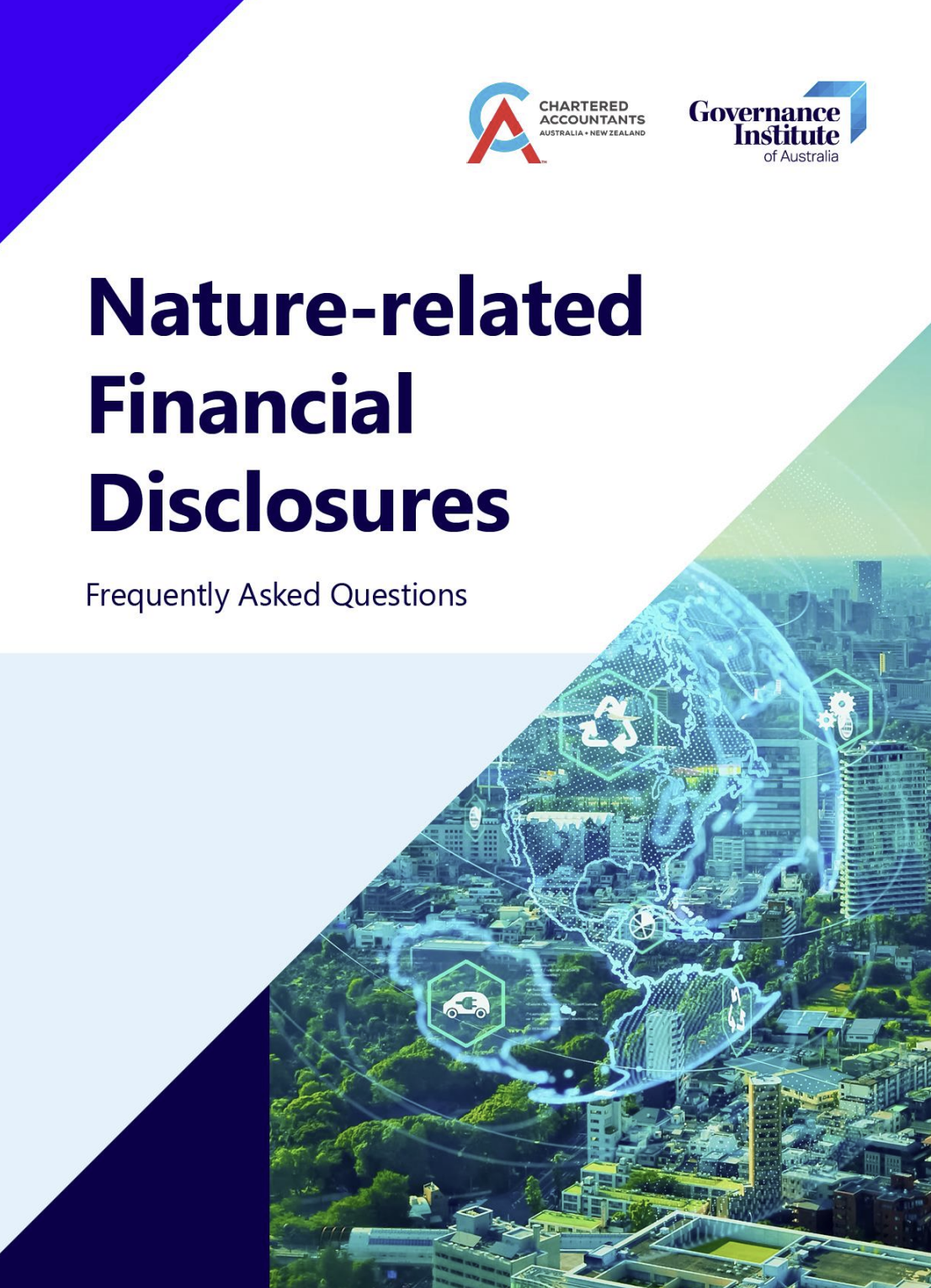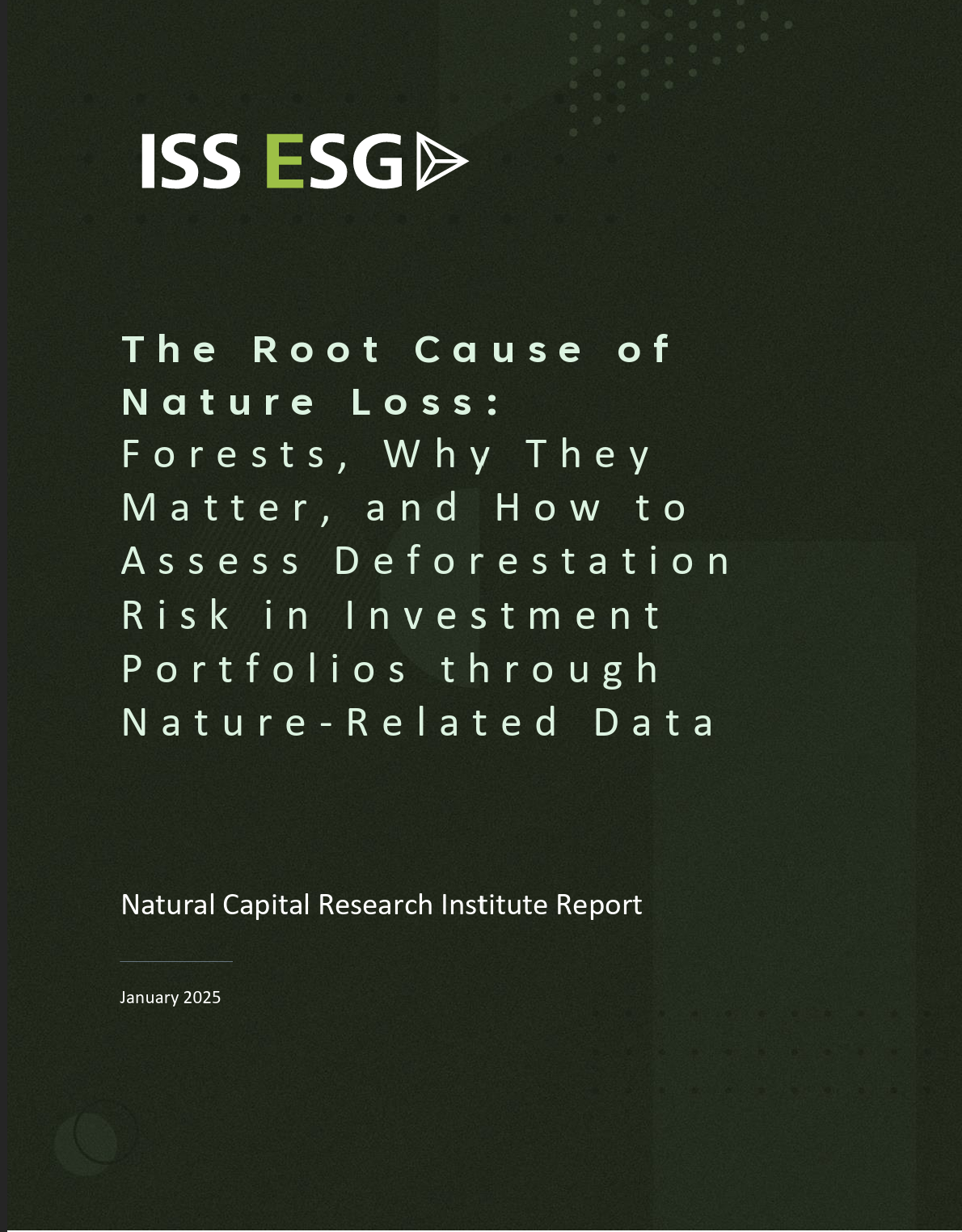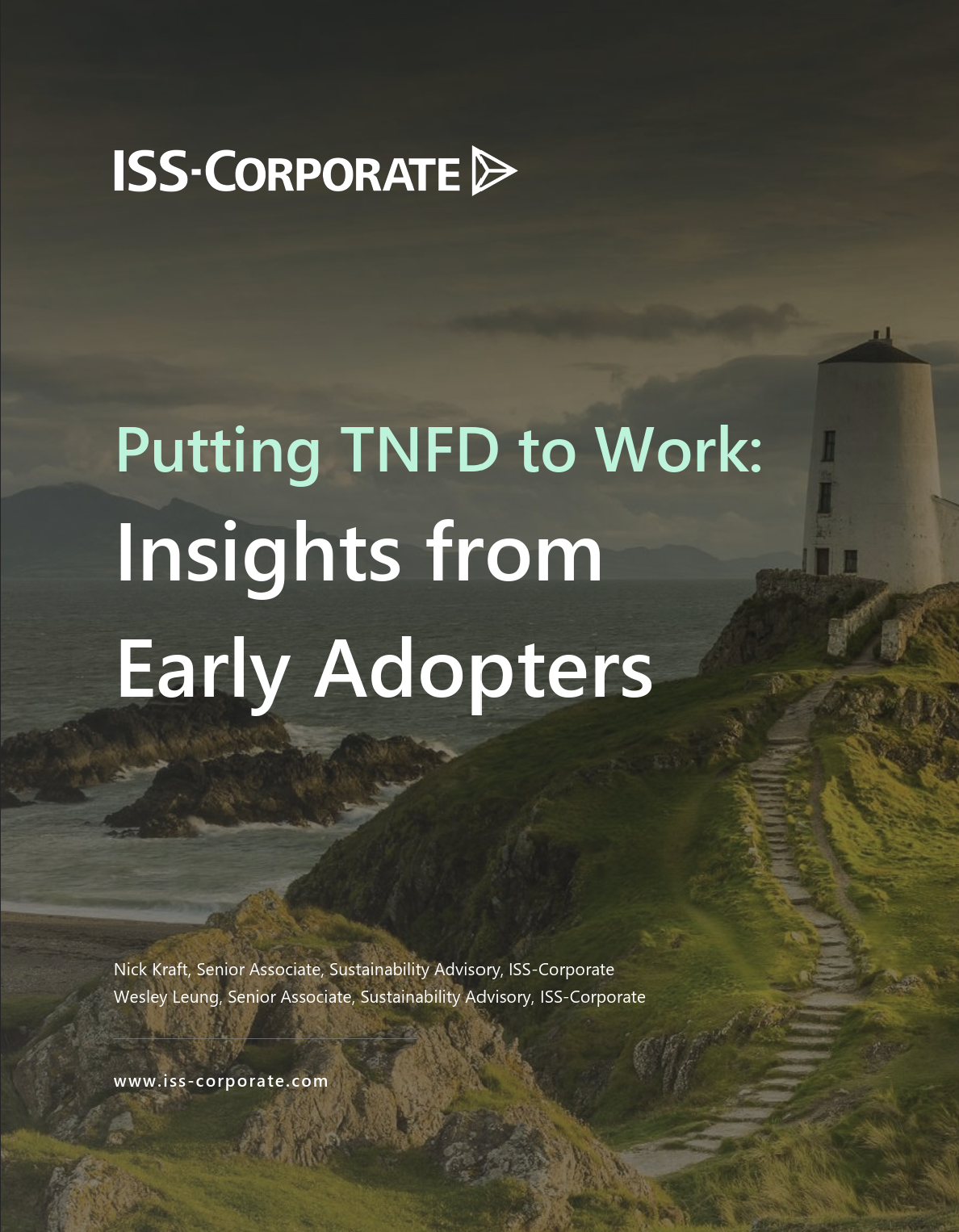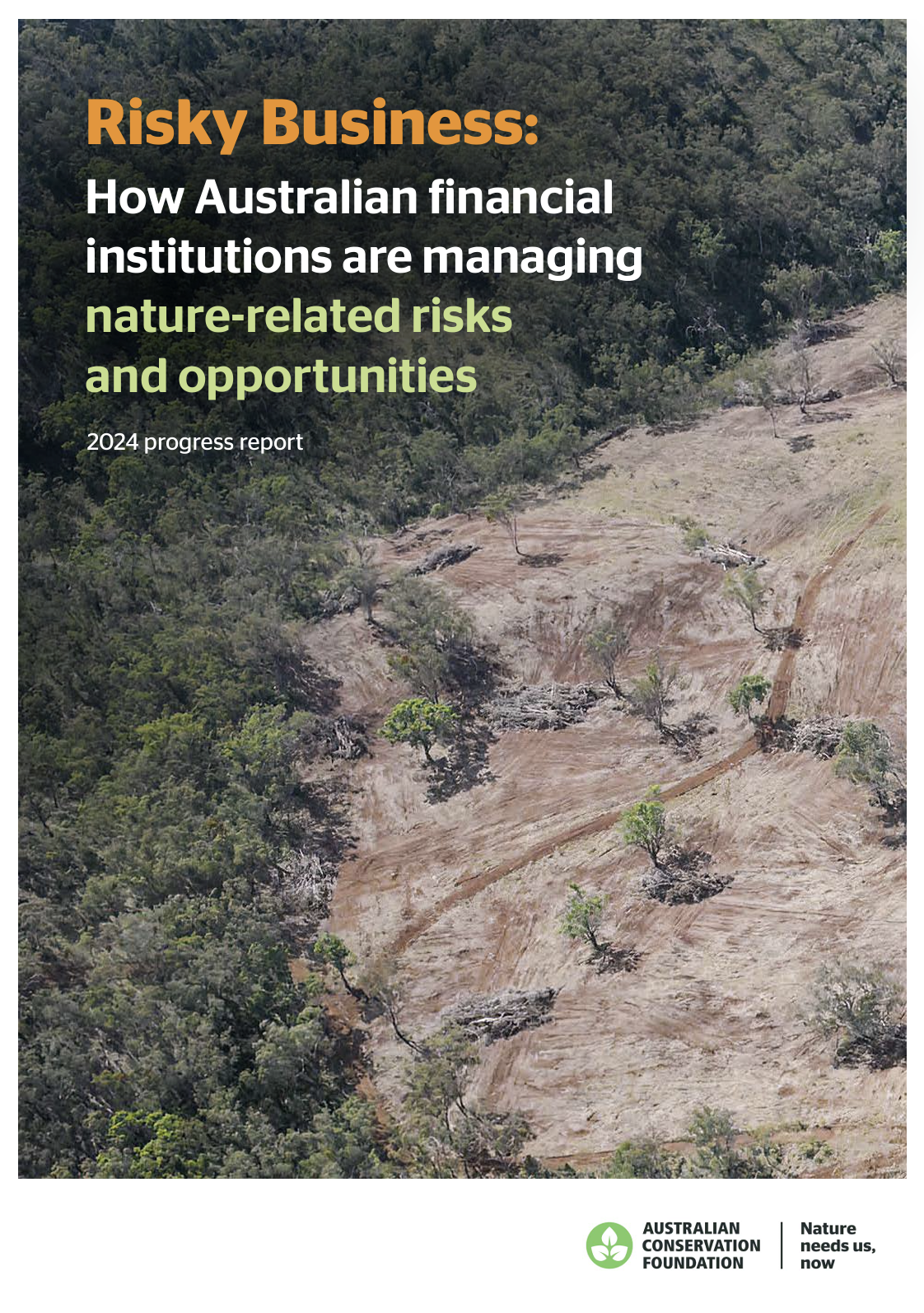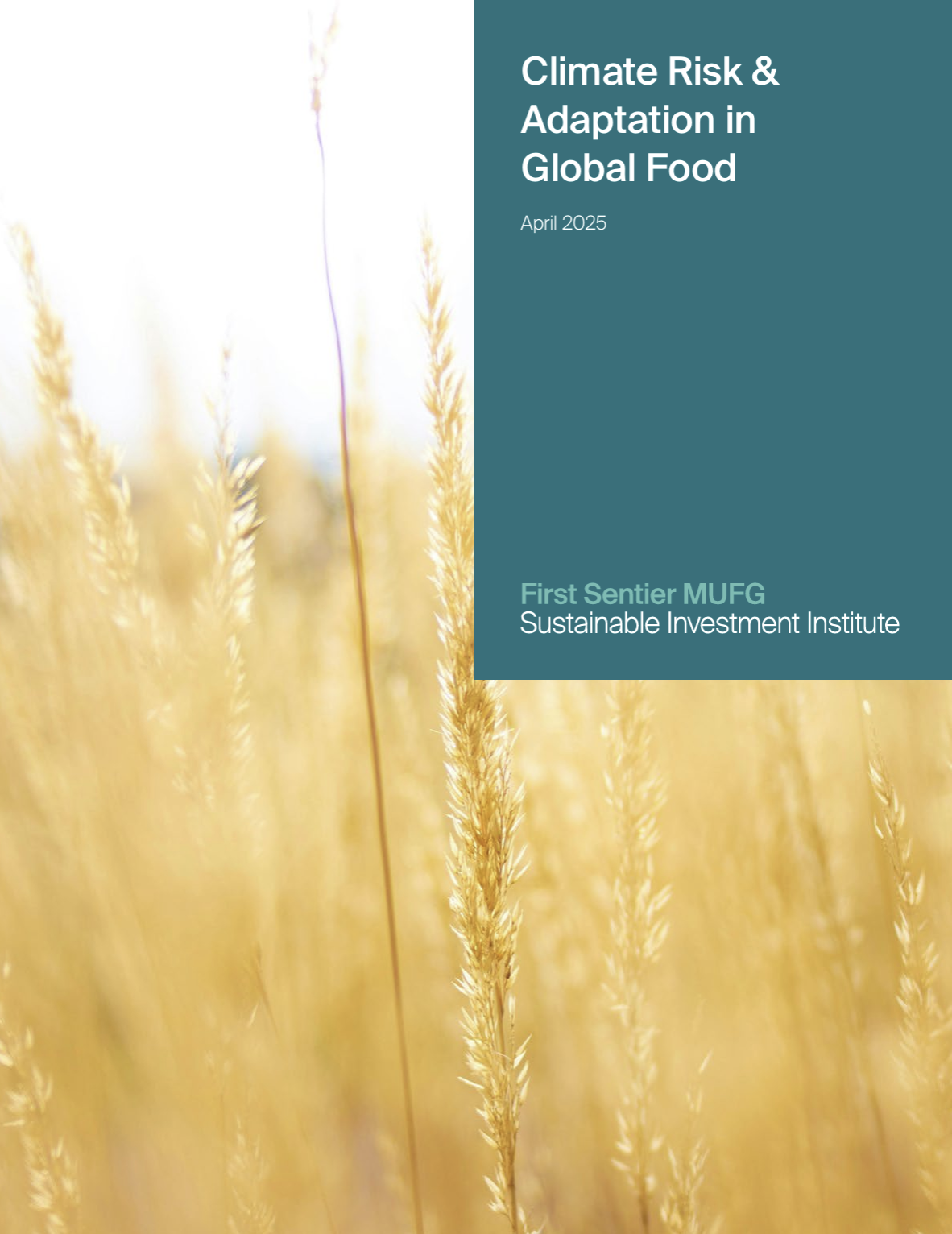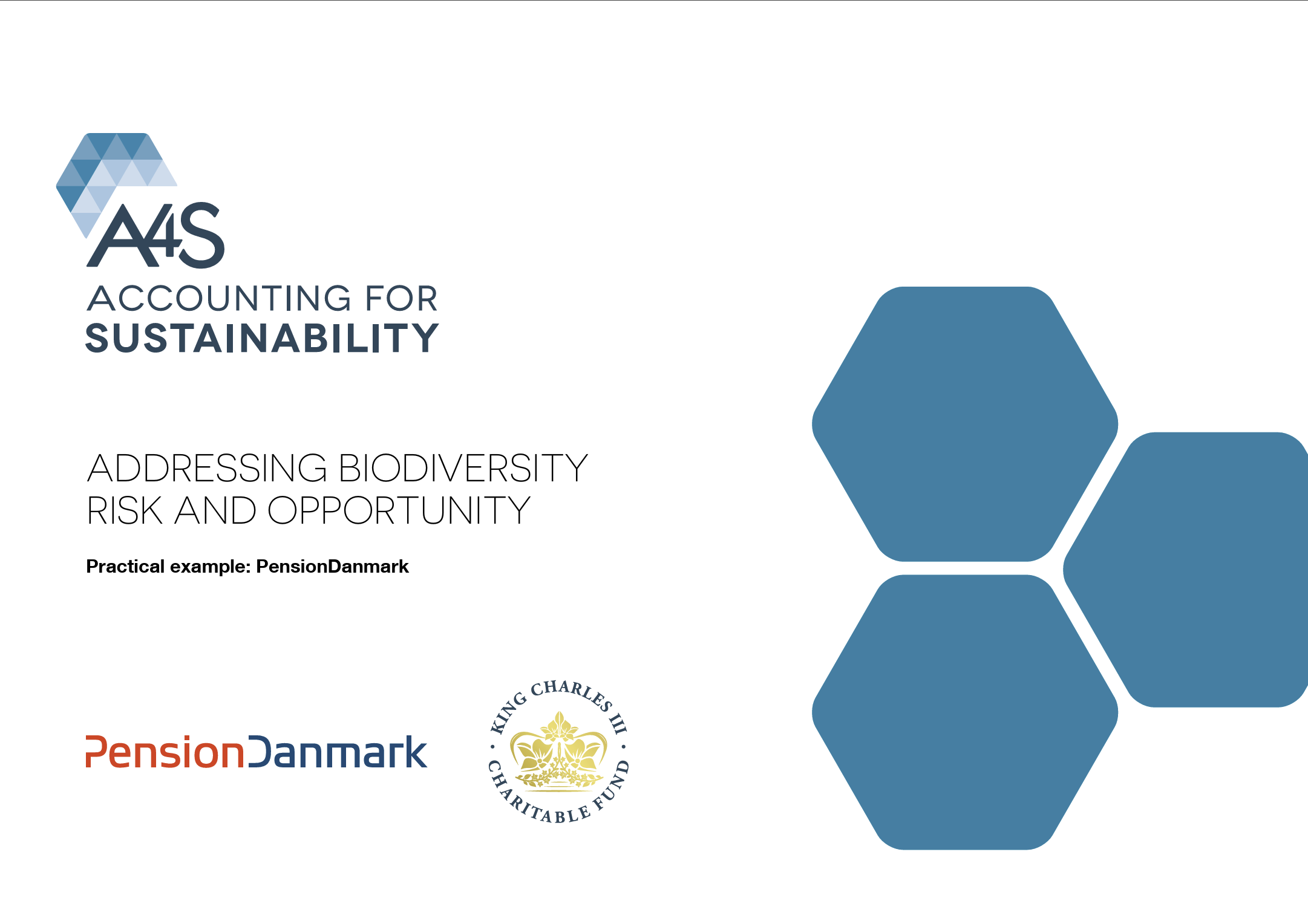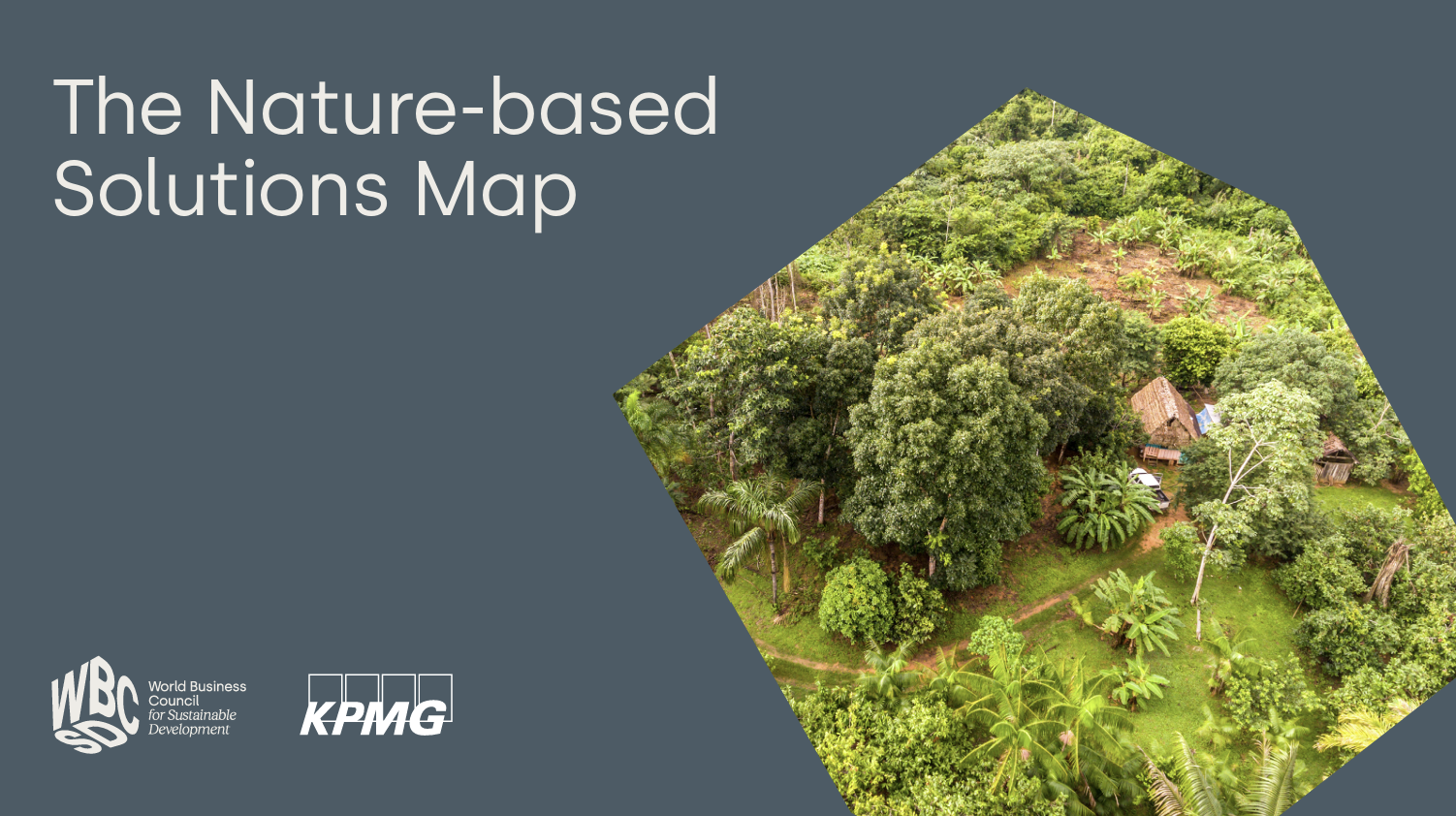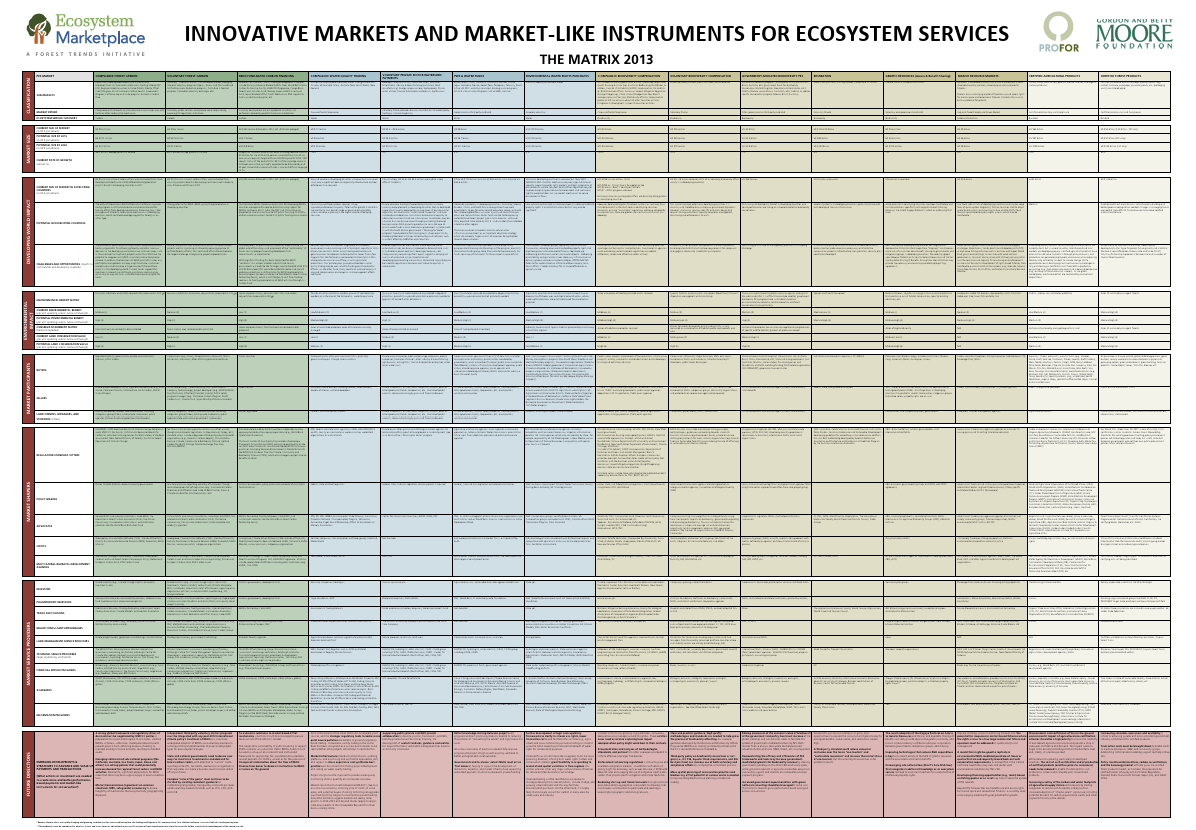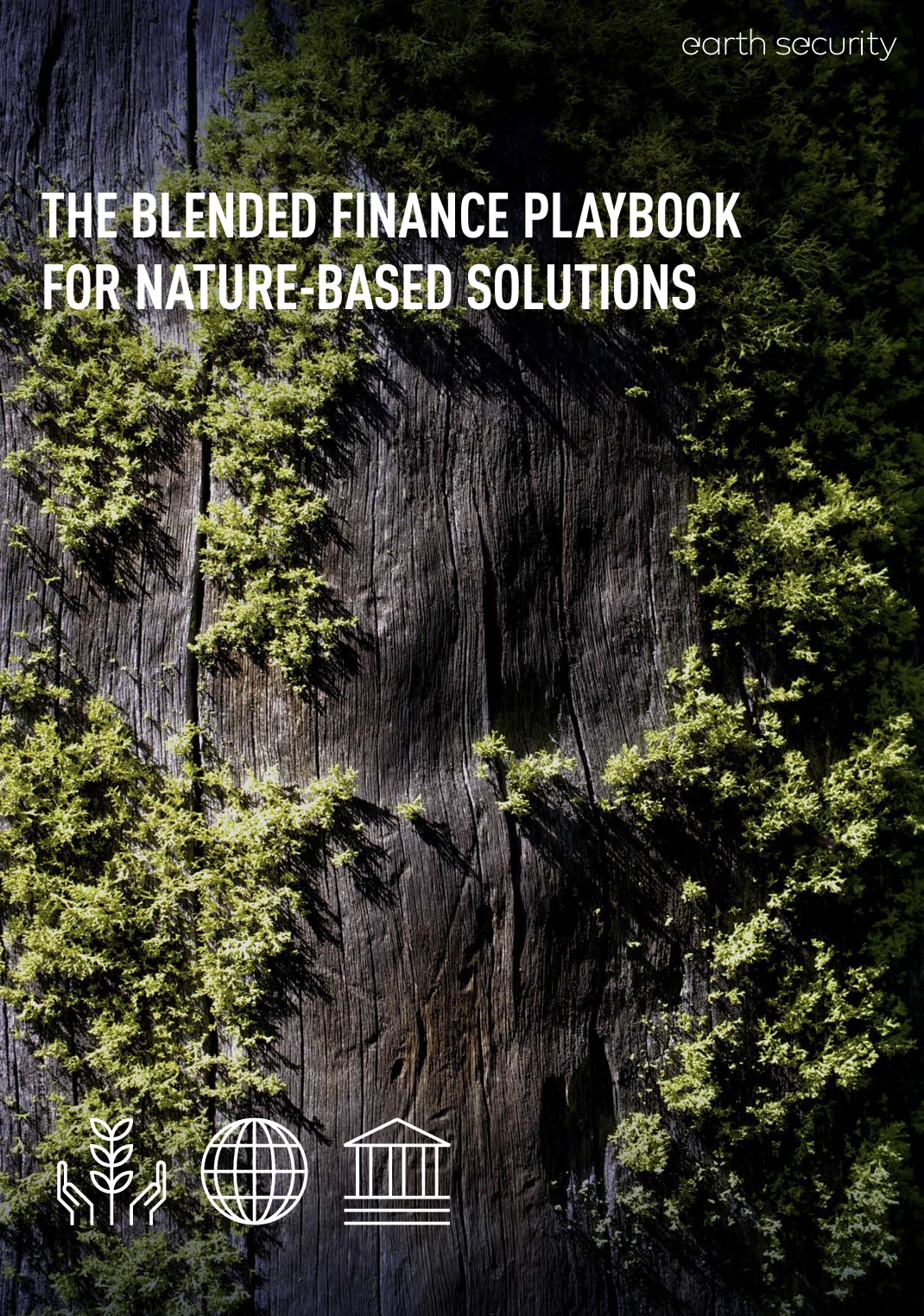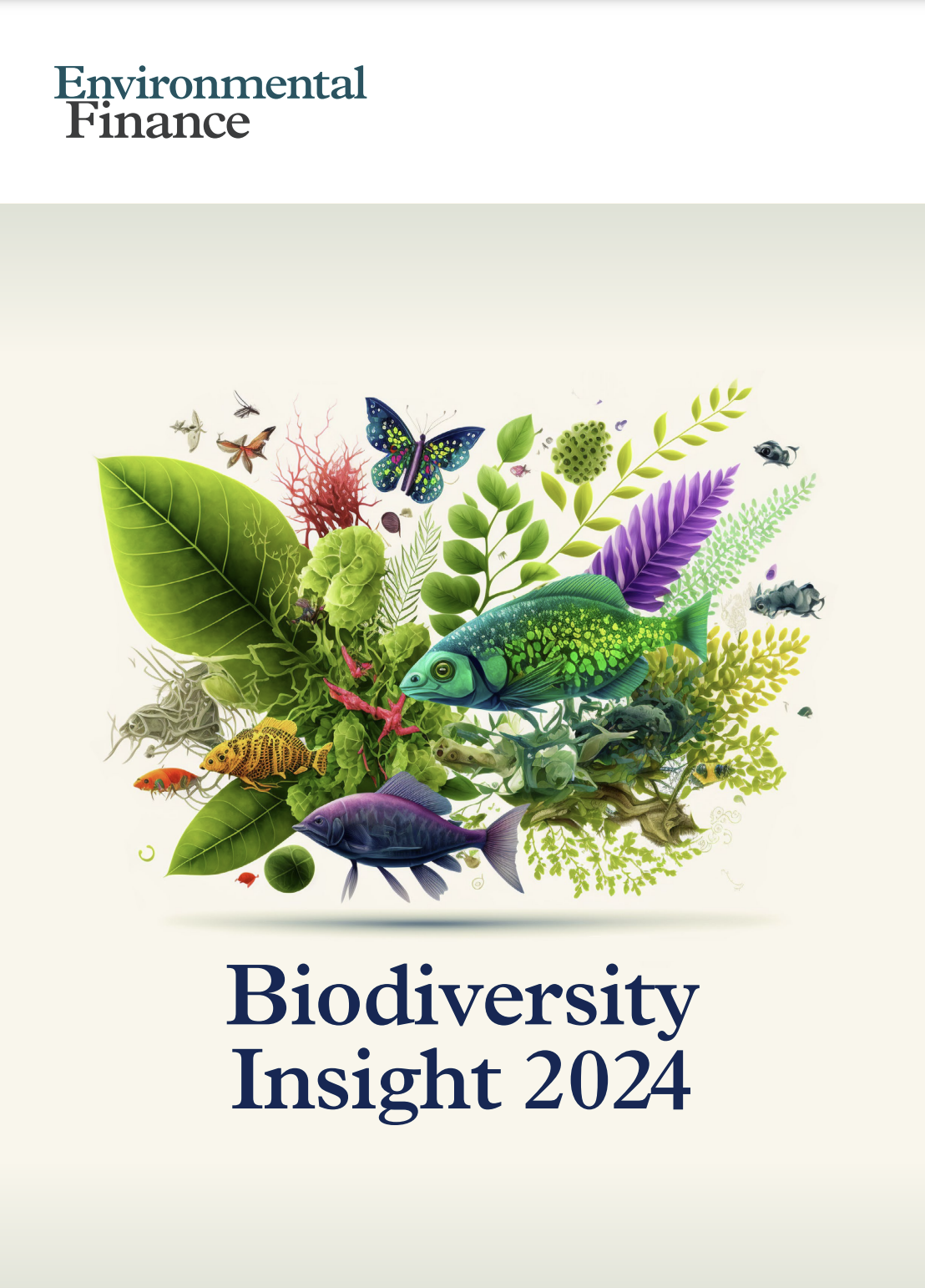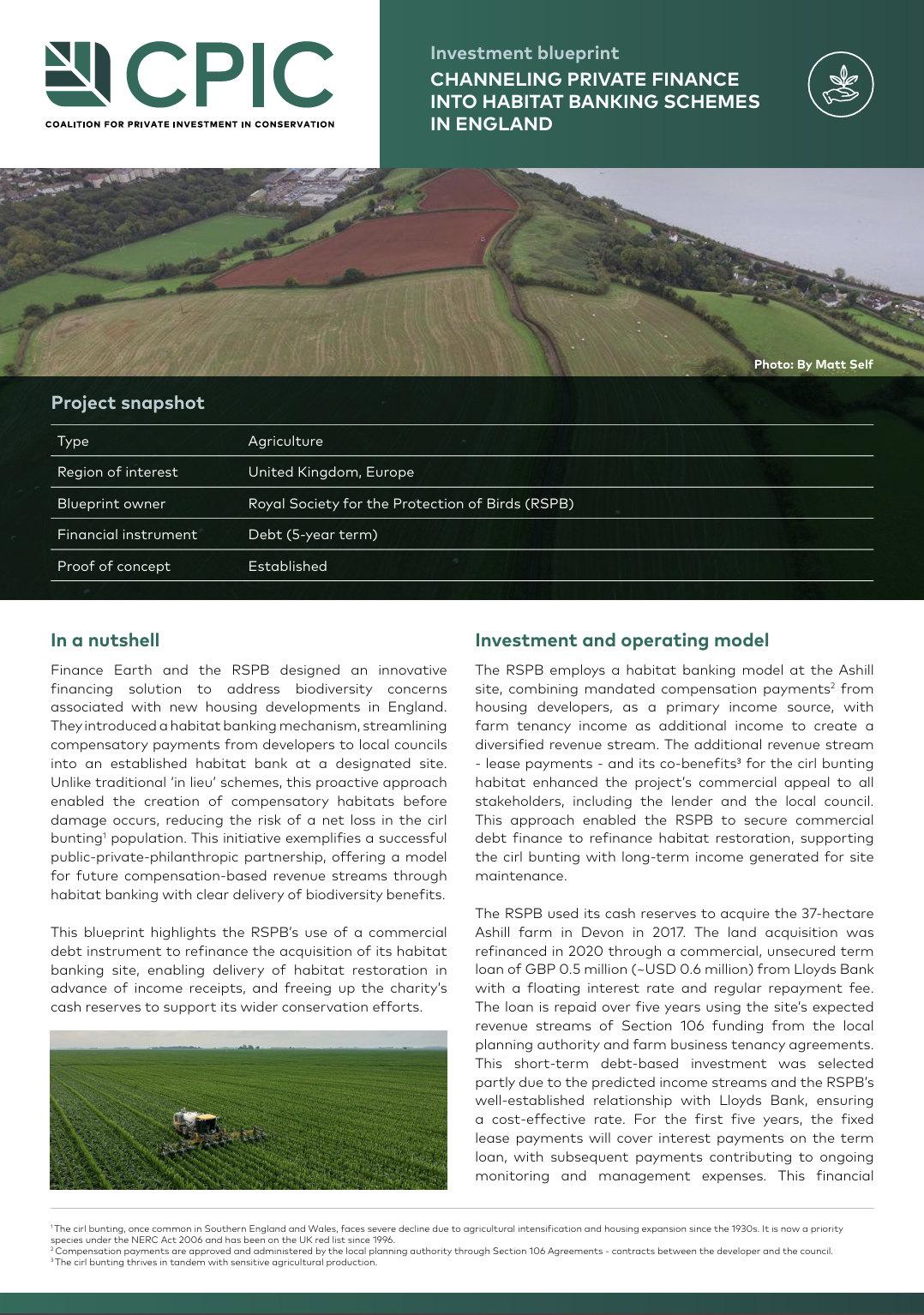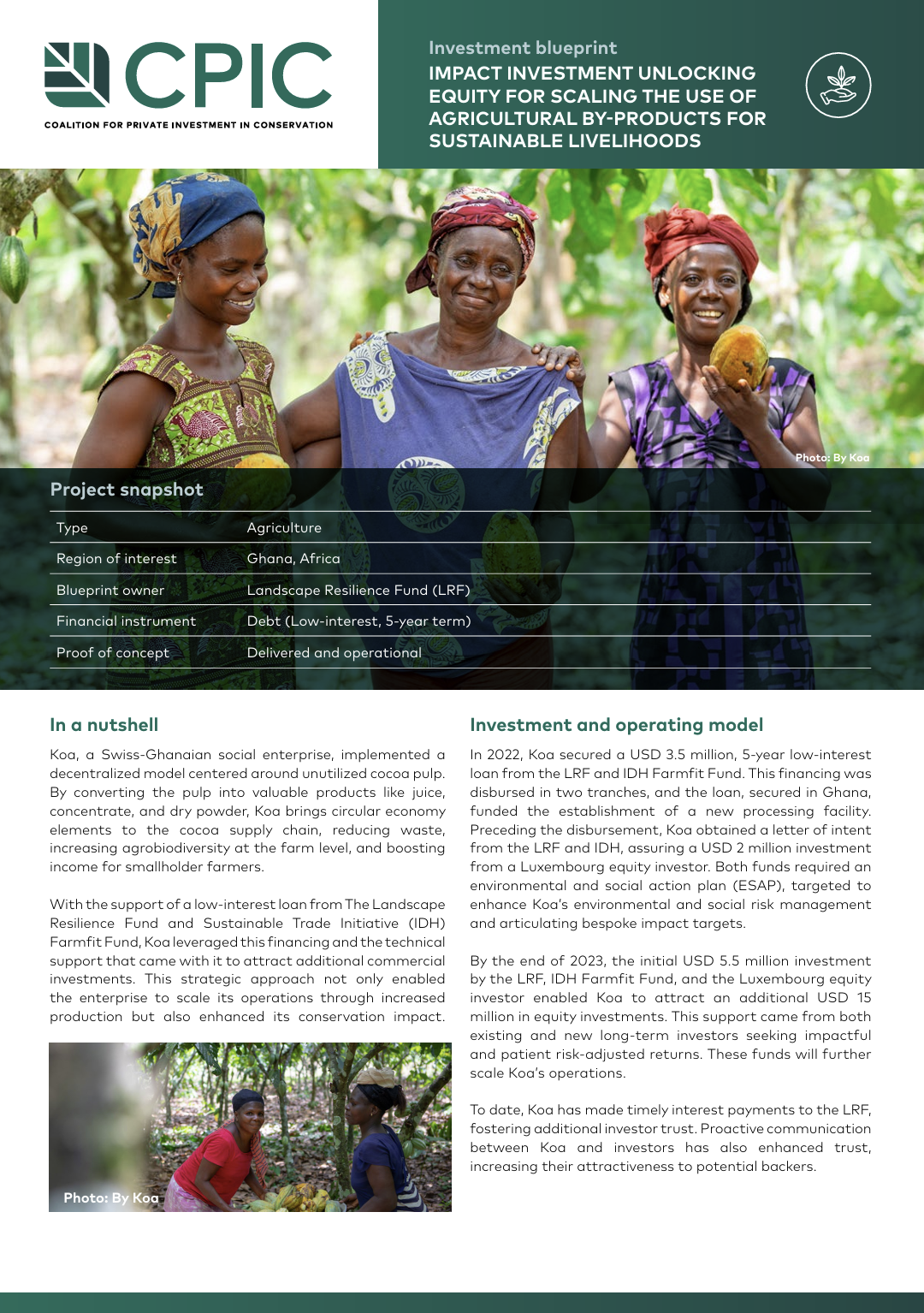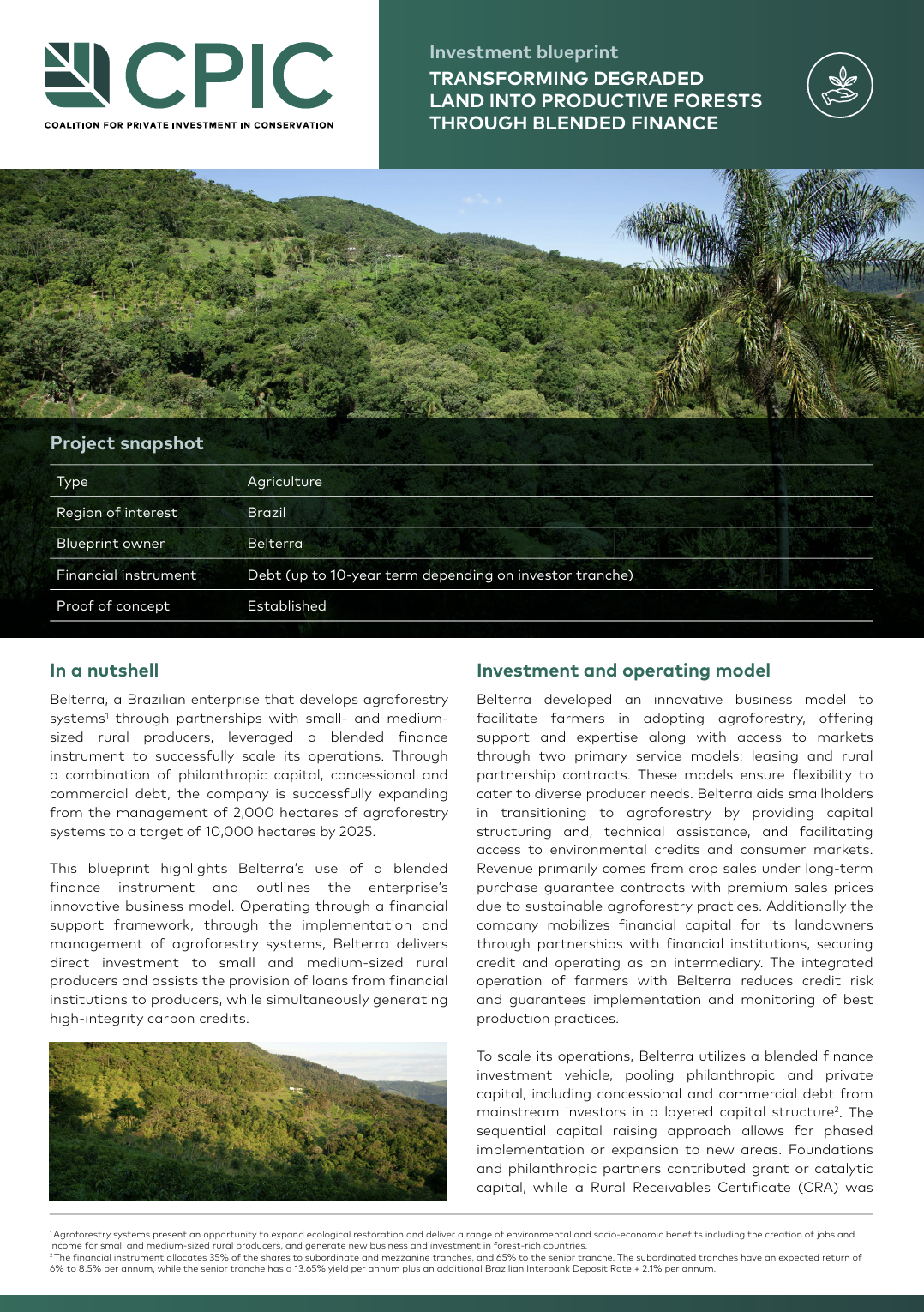Library | ESG issues
Biodiversity
Biodiversity encompasses the variety of life on Earth, forming the ecosystems that support human well-being and economic activity. All industries rely on healthy ecosystems for resources and services, making biodiversity preservation critical for economic stability. Biodiversity loss introduces material risks including supply chain disruptions, regulatory challenges, and reputational damage, while also creating investment opportunities in biodiversity restoration and natural resource management.
Refine
288 results
REFINE
SHOW: 16


RIAA Policy Platform 2025: Harnessing sustainable finance for a thriving Australia
The RIAA Policy Platform 2025 outlines nine policy priorities and two principles to align Australia’s finance system with sustainability goals. It recommends regulatory reforms, improved data, Indigenous inclusion, and stronger accountability to mobilise capital for a net zero, nature-positive economy that supports long-term economic resilience and societal wellbeing.
Nature-related financial disclosures: Frequently asked questions
This FAQ guide explains key concepts in nature-related financial disclosures, including biodiversity, dependencies, impacts, and the TNFD framework. It outlines disclosure requirements, materiality, governance responsibilities, and greenwashing risks, offering practical insights for businesses preparing for future regulatory expectations and aligning with international sustainability standards.
The root cause of nature loss: Forests, why they matter, and how to assess deforestation risk in investment portfolios through nature-related data
This report outlines how deforestation, particularly in tropical forests, is a key driver of biodiversity loss and climate change. It presents the risks to institutional investors—physical, transition, and systemic—and offers a framework to assess deforestation exposure in portfolios using nature-related data and metrics across sectors and geographies..
Putting TNFD to work: Insights from early adopters
This report analyses how early adopters are implementing the TNFD framework, highlighting integration with climate disclosures, flexible use of the LEAP approach, and application of data tools. Insights show how businesses align nature-related risks with strategy and reporting, with regional uptake led by Asia Pacific and Europe.
Risky business: How Australian financial institutions are managing nature-related risks and opportunities
This report assesses how ten banks and ten super funds in Australia are addressing nature-related risks and opportunities. It evaluates their strategies, risk management, target setting, and stakeholder engagement, highlighting areas of progress and identifying where further action is needed to mitigate financial risks associated with nature loss.
Climate risk and adaptation in global food
The report outlines rising climate risks to global food supply chains, projecting up to $38 trillion in damages by 2050. It explores mitigation and adaptation strategies across crops, livestock, and fisheries, and highlights investor actions to build resilience, support sustainable practices, and adapt to shifting market, environmental, and regulatory conditions.
Addressing biodiversity risk and opportunity at PensionDanmark
PensionDanmark developed a biodiversity strategy targeting its real estate and infrastructure assets to mitigate nature loss. It employs data-led initiatives, stakeholder engagement, and nature-based solutions to protect and restore biodiversity, aligning with EU taxonomy and Science Based Targets for Nature. Implementation includes construction screening, sustainable sourcing, and performance monitoring.
Back to Blue
Back to Blue Initiative is a joint project by Economist Impact and the Nippon Foundation addressing ocean pollution. It focuses on data-driven solutions for plastic and chemical pollution in marine environments. The initiative offers research, policy insights and advocacy to support sustainable ocean health and inform global environmental decision-making.
The nature-based solutions map
This tool is designed to help businesses identify relevant nature-based solutions (NbS) for addressing challenges related to core business operations, climate, nature, water, and social equity. It categorises NbS based on business needs and biomes, facilitating decision-making. The map serves as a starting point, requiring further development for implementation.
Innovative markets and market-like instruments for ecosystem services
This tool provides investors with a framework for evaluating and comparing different nature-based investment opportunities. It helps identify projects that offer the best combination of financial returns and environmental impact, supporting informed investment decisions.
The blended finance playbook for nature-based solutions
This playbook contains a collection of useful case studies for investors, highlighting growing evidence of investment opportunities in nature. The playbook also contains guidance for investors looking to grow their blended finance portfolio.
Earth Security
Earth Security partners with companies, investors, and governments to quantify the economic value of ecosystems, promoting investments in nature-based solutions. Their initiatives include developing mangrove-positive investment funds and integrating natural infrastructure for climate resilience.
Environmental Finance's biodiversity insight series
This series explores the evolving role of biodiversity in sustainable finance, investment strategies, and regulatory developments. It examines biodiversity risk, natural capital investment, reporting frameworks, and financial instruments supporting conservation efforts. The series provides insights into emerging market mechanisms, data challenges, and the integration of biodiversity considerations into financial decision-making.
Channeling private finance into habitat banking schemes in England
This case study outlines the use of hybrid bonds to finance organic dairy farms. It provides investors with insights into sustainable agriculture investments that promote environmental stewardship and offer attractive financial returns.
Impact investment unlocking equity for scaling the use of agriculture by-products for sustainable livelihoods
This blueprint provides a model for using private finance to develop compensatory habitats through habitat banking. It demonstrates how investors can generate returns while contributing to biodiversity conservation and habitat restoration.
Investment blueprint: Transforming degraded land into productive forests through blended finance
This case study offers a blueprint for impact investment in sustainable cocoa supply chains. It highlights strategies for improving environmental and social outcomes in cocoa production, providing investors with opportunities to support sustainable agriculture while achieving financial returns.
